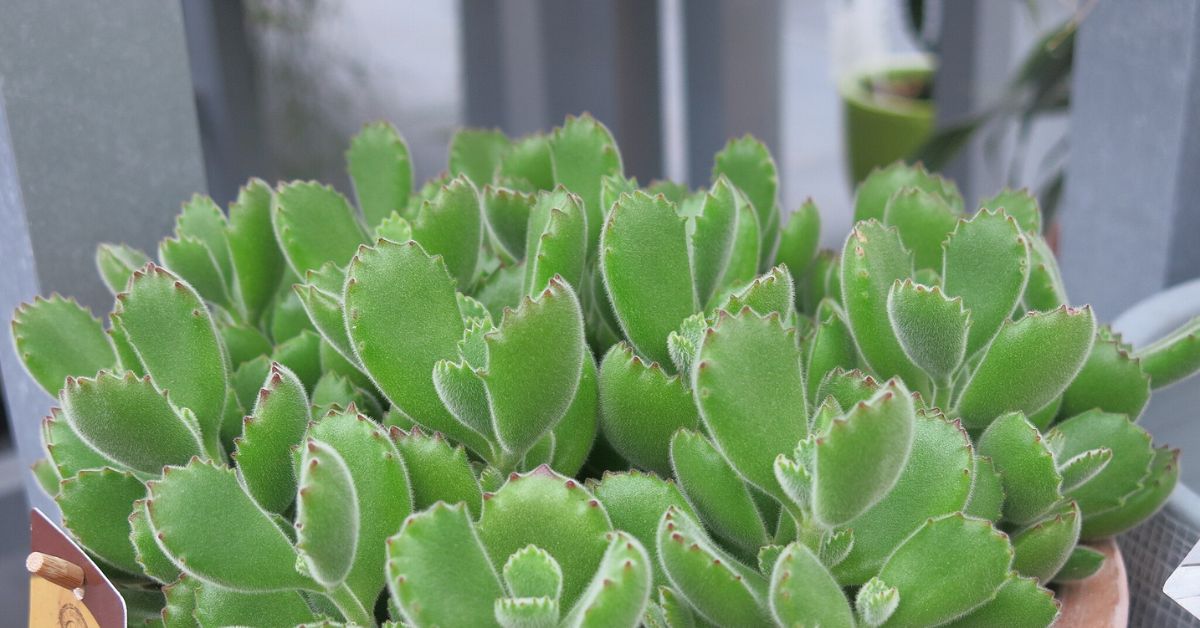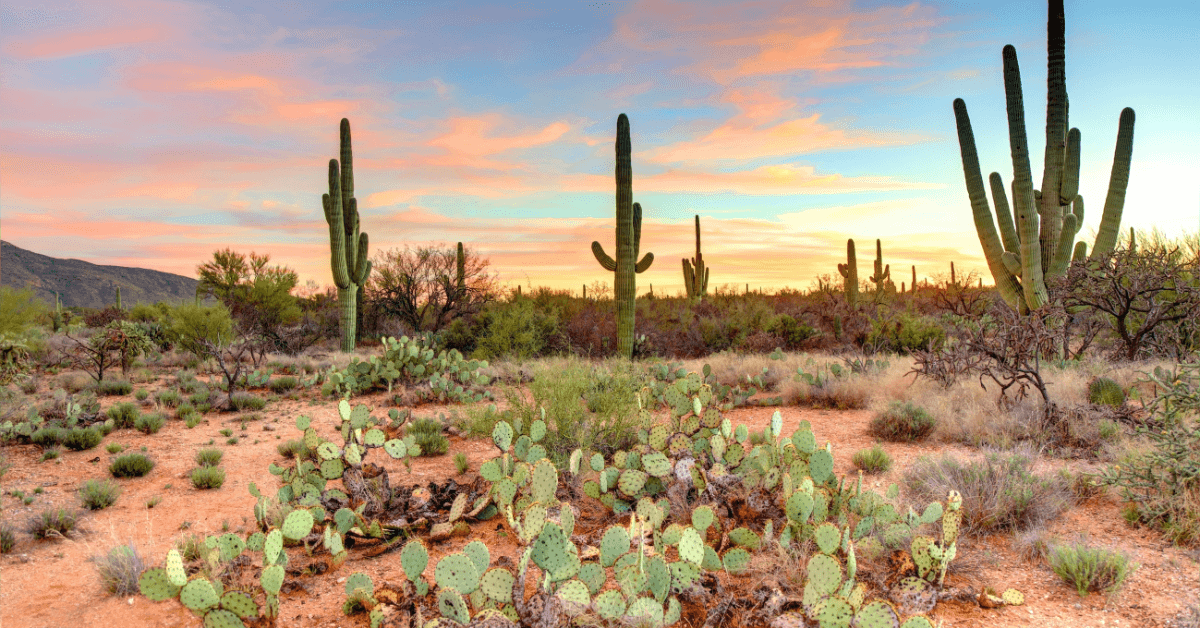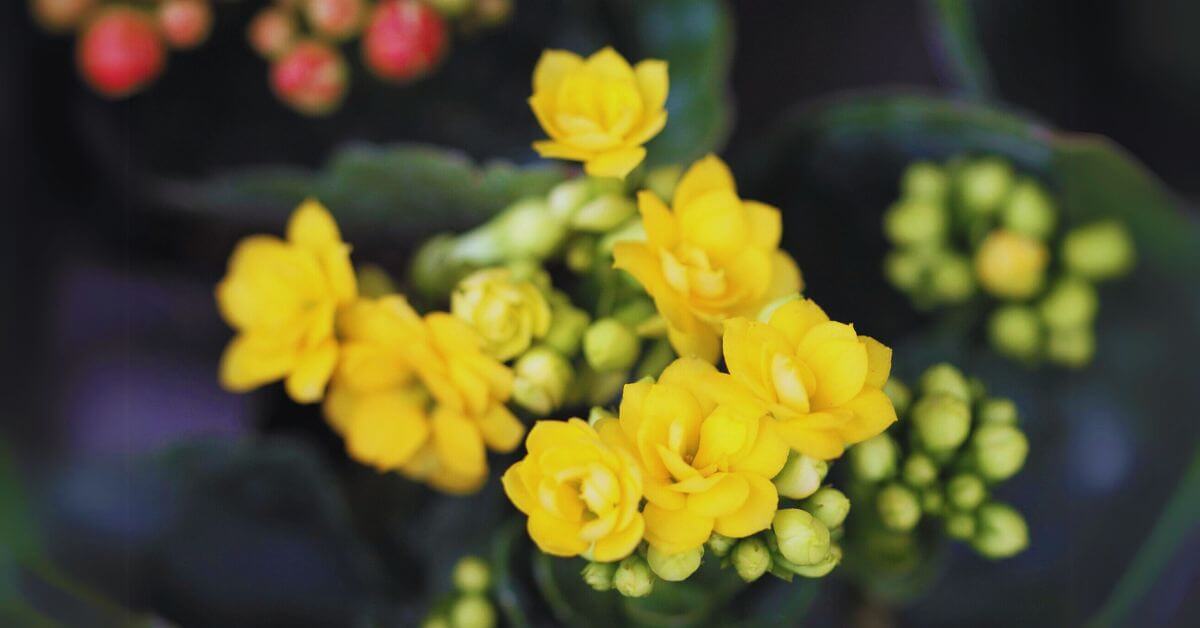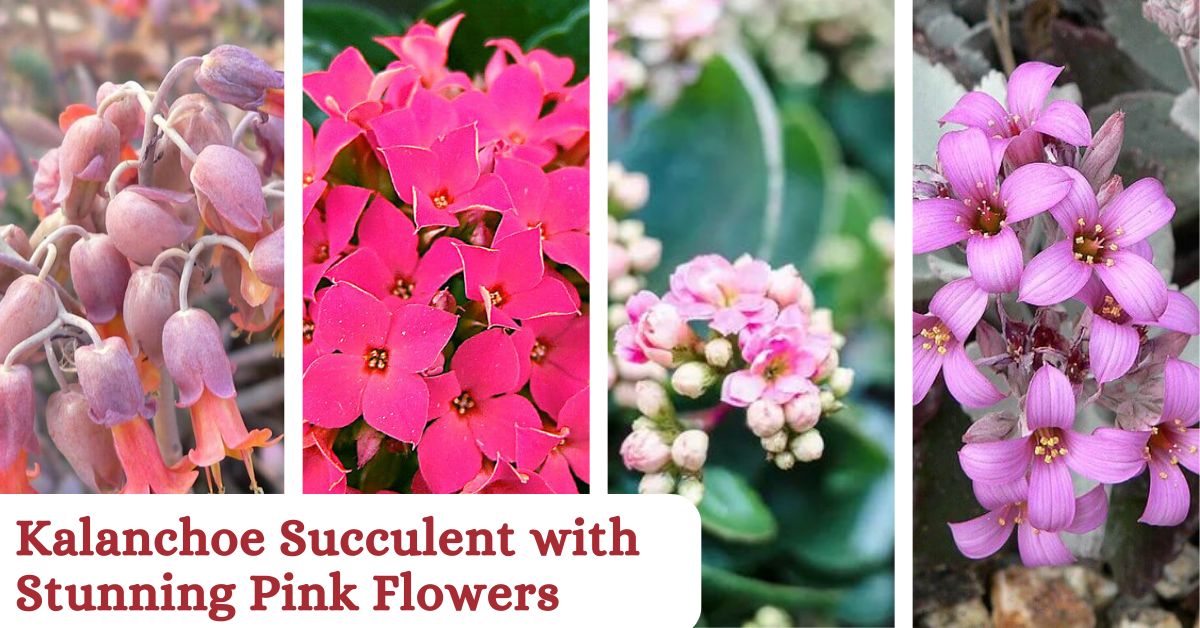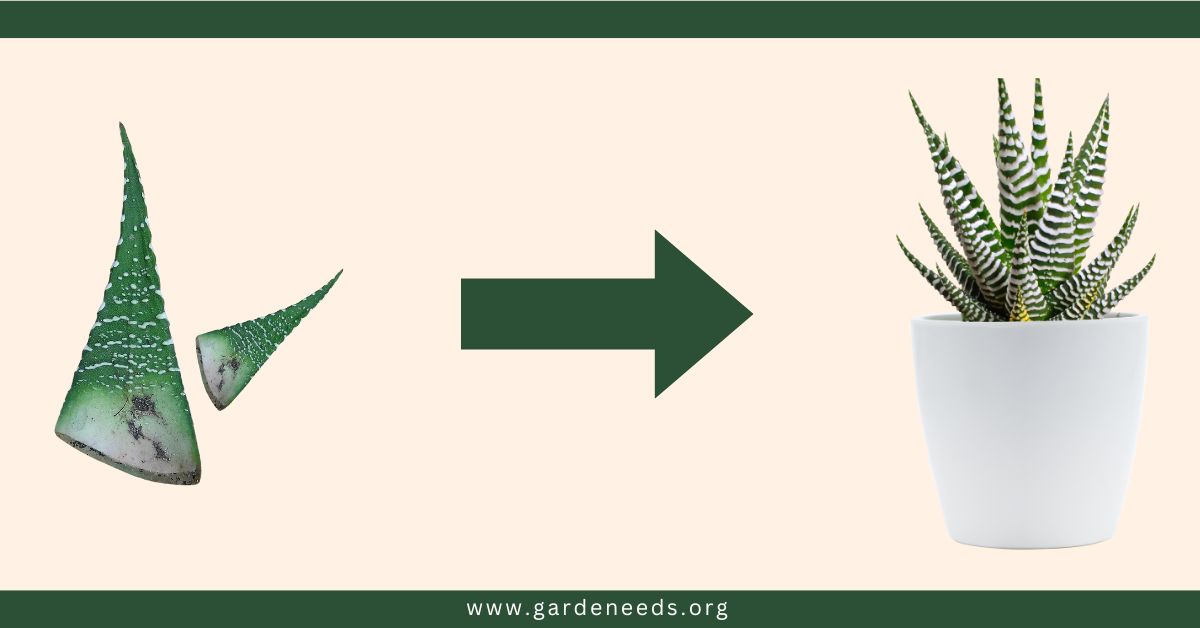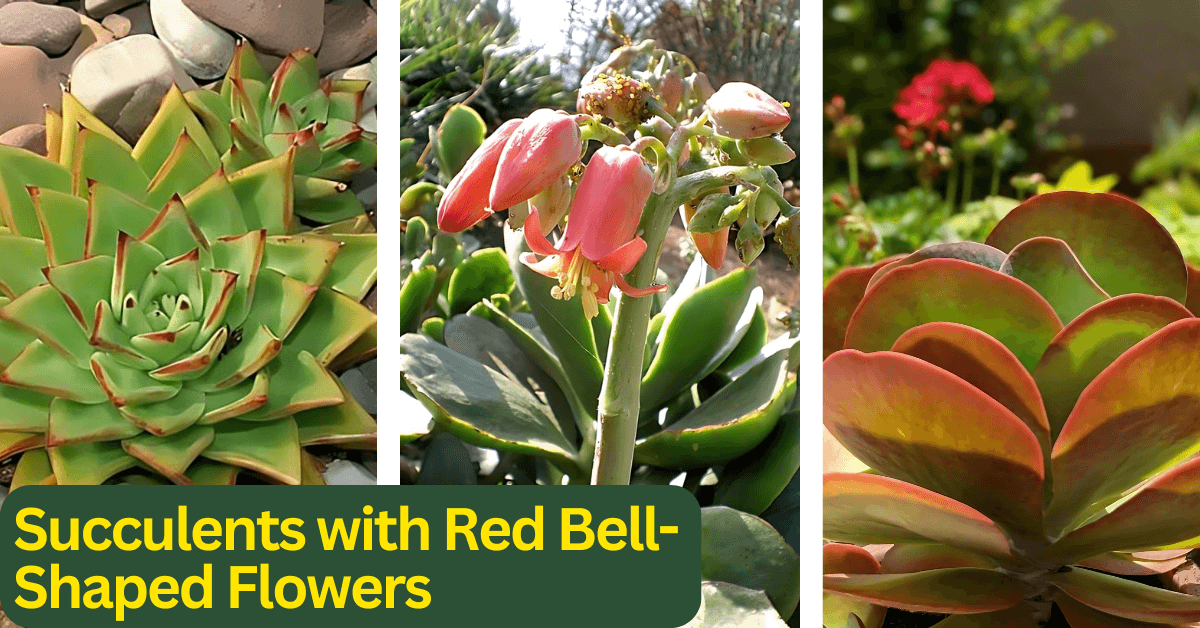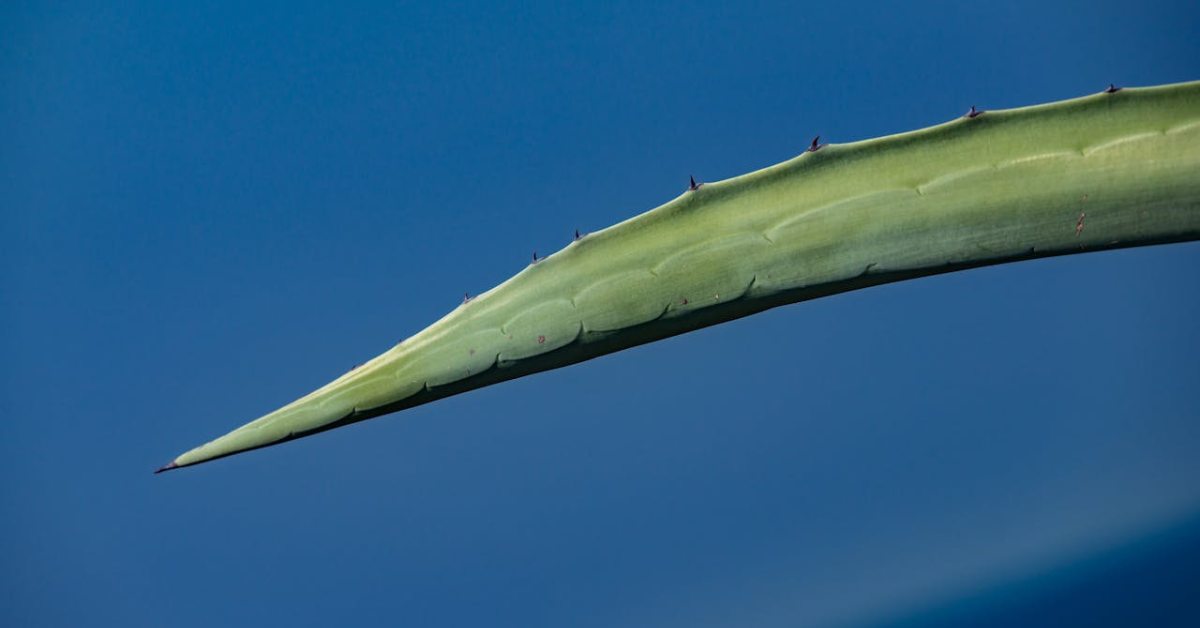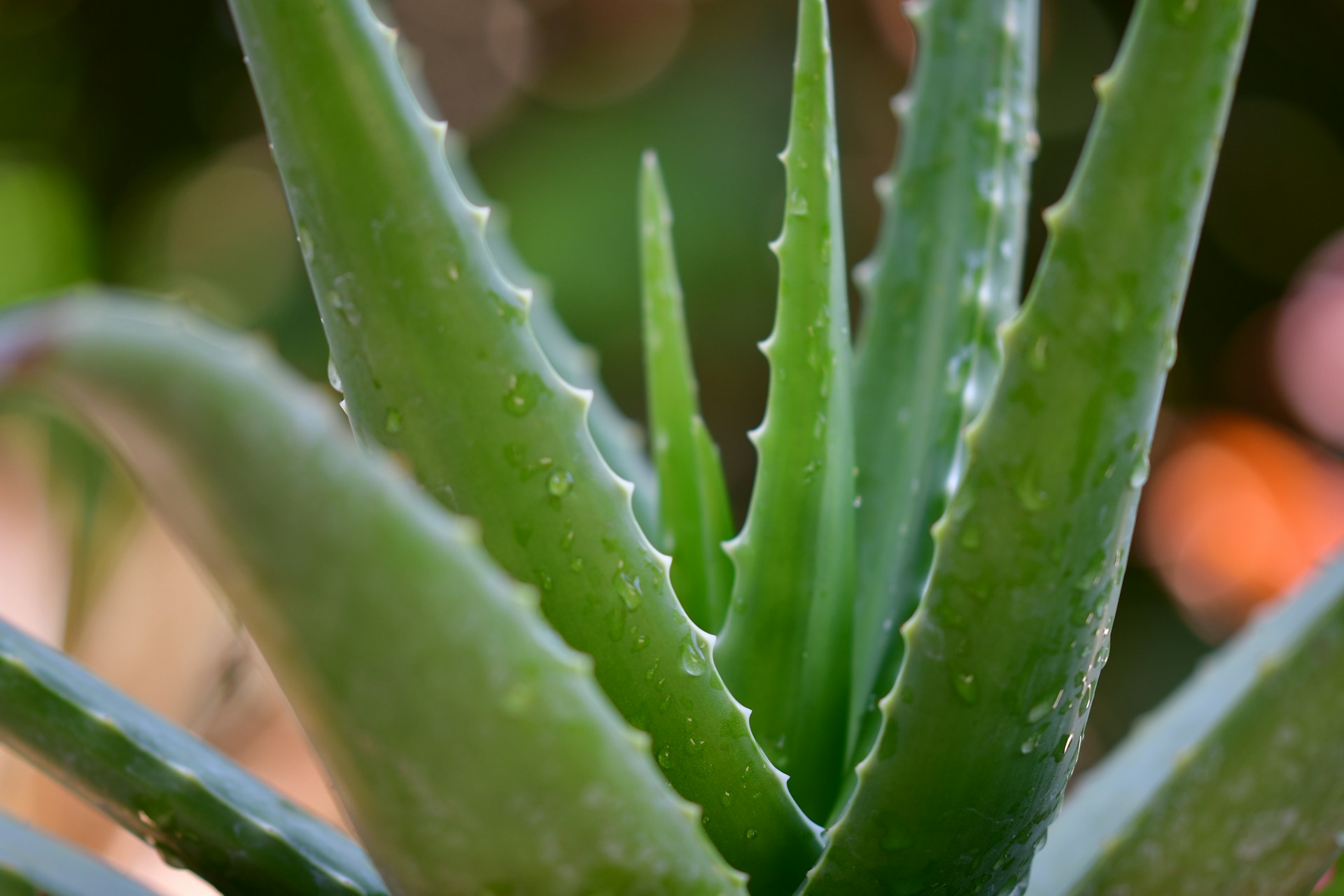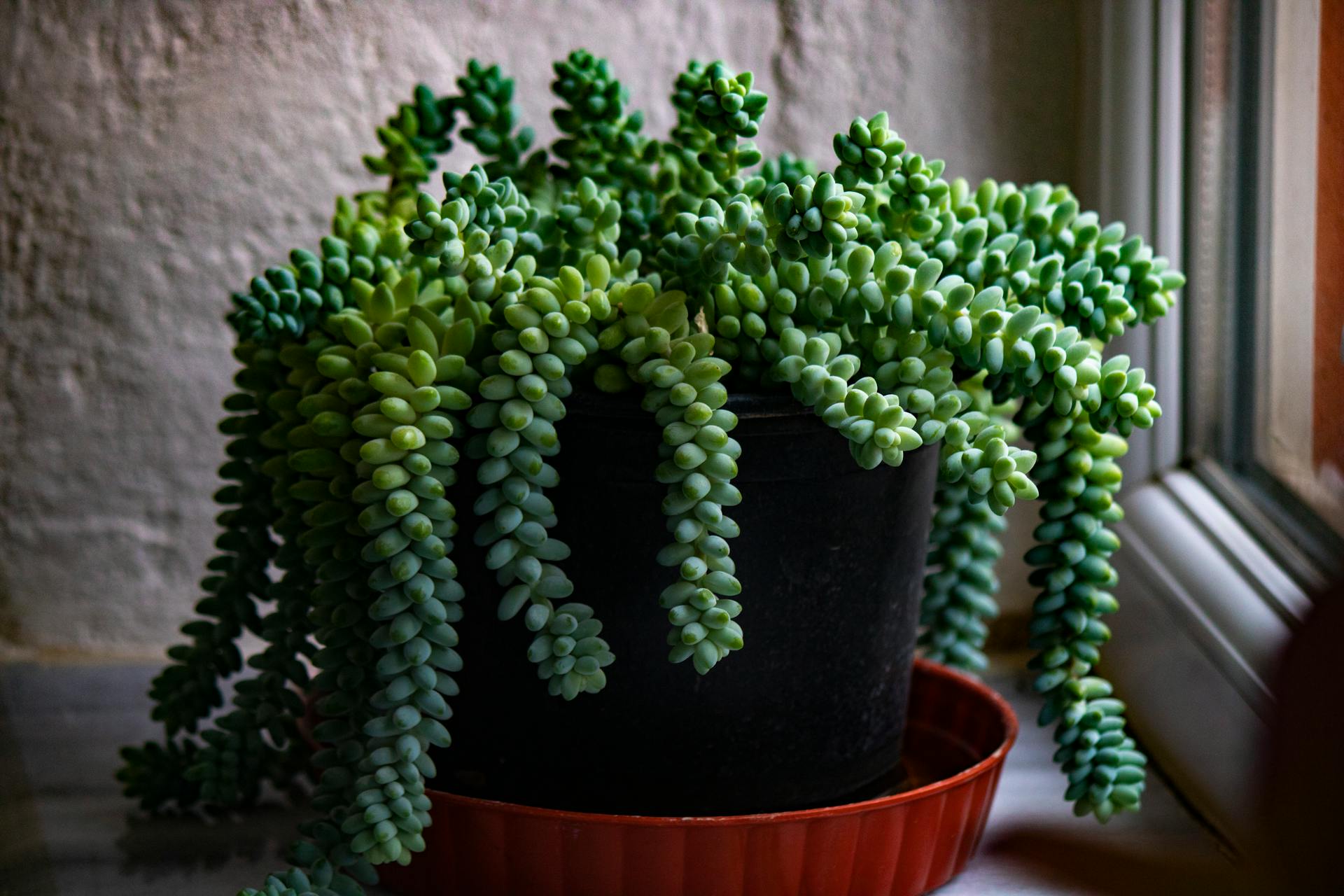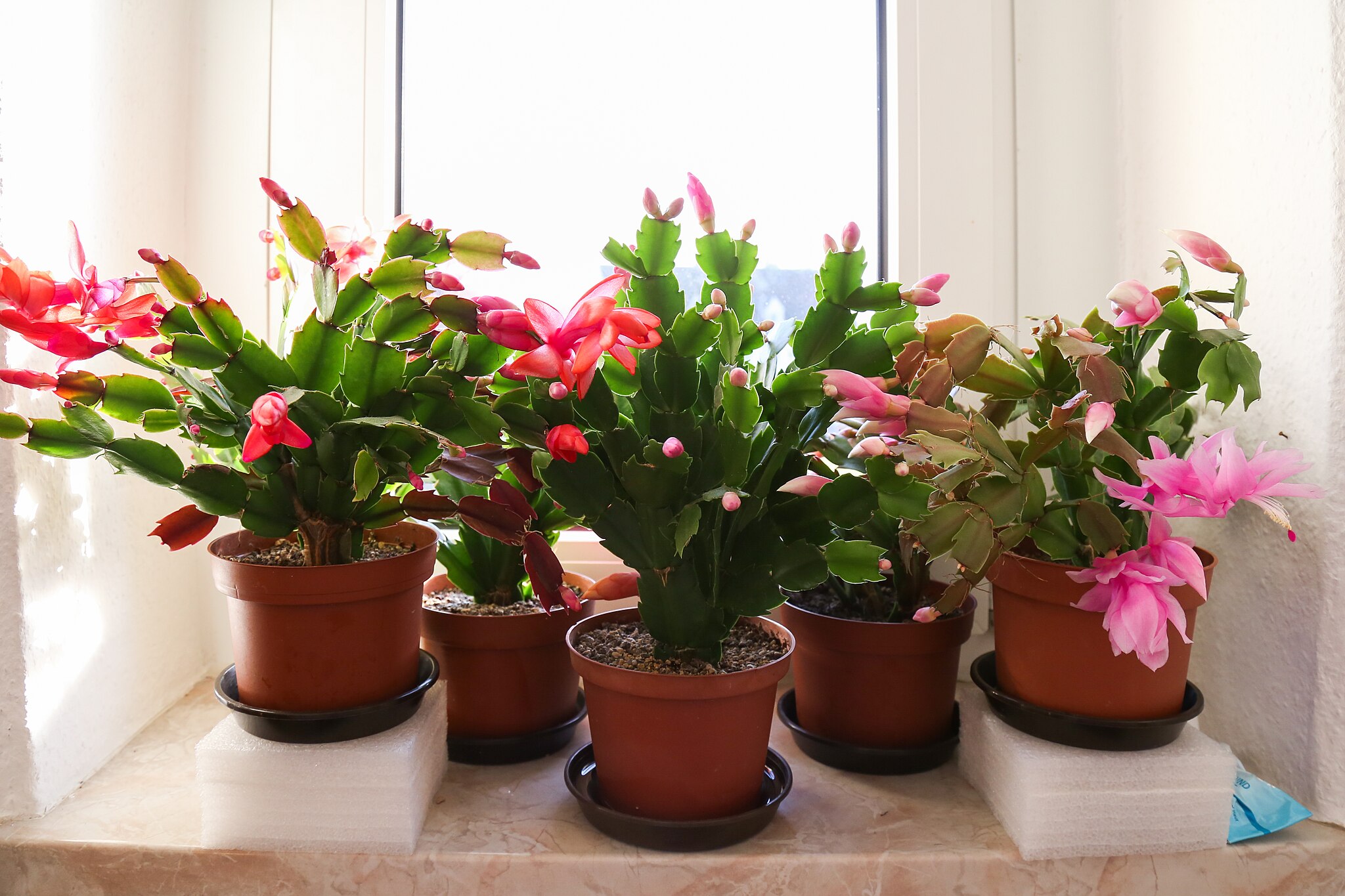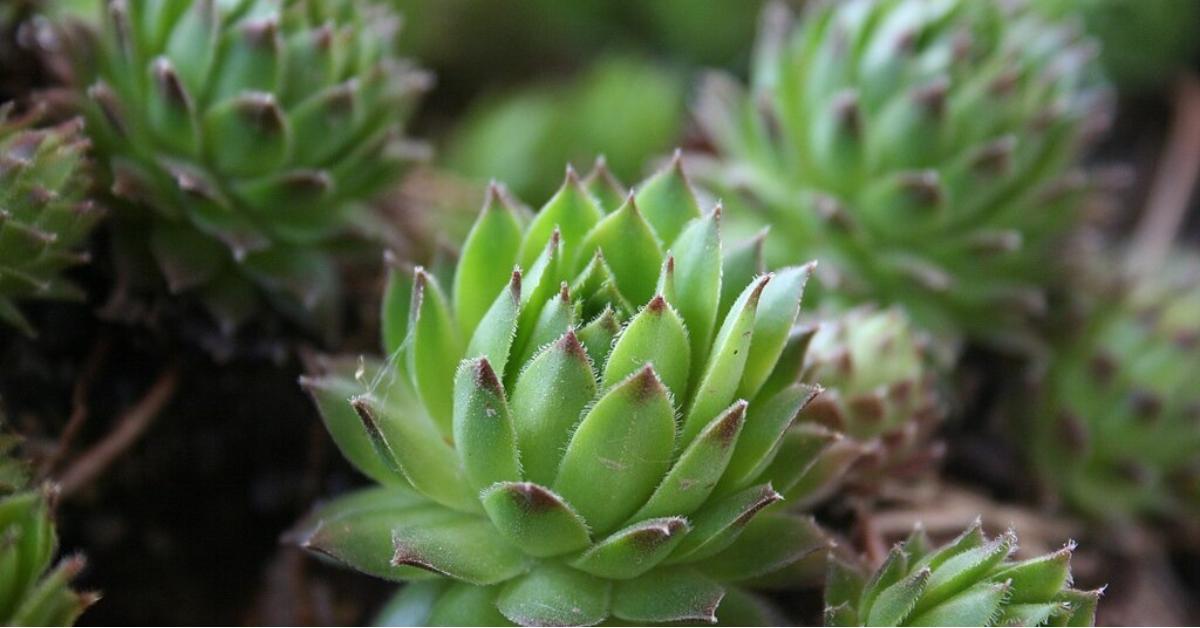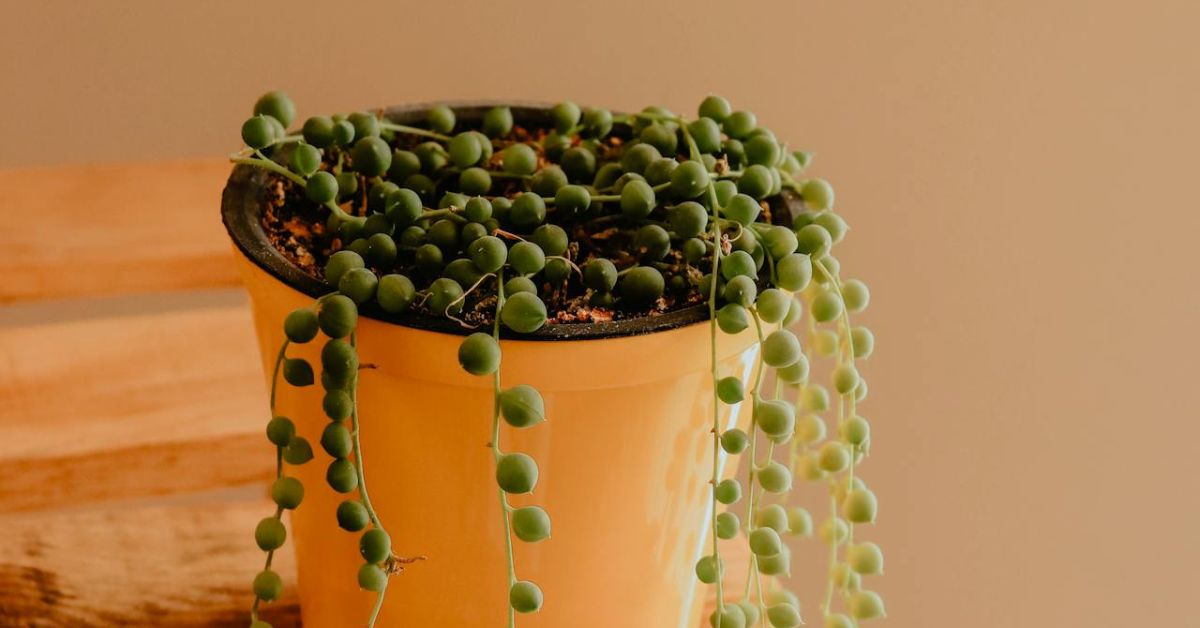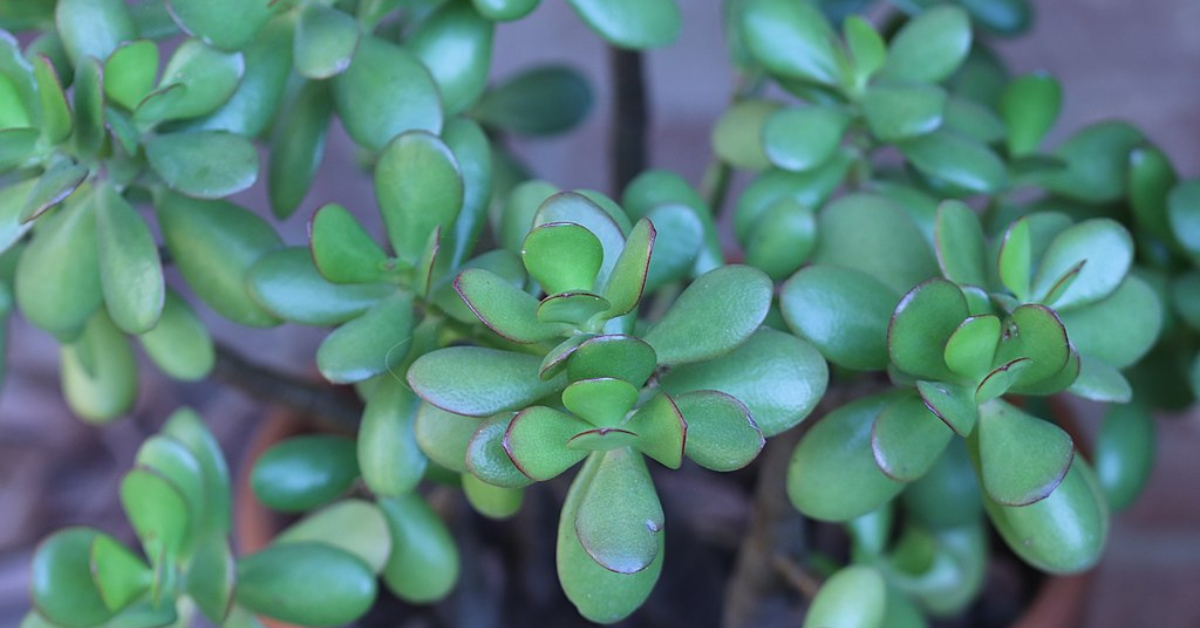IN THIS ARTICLE
The bear paw plant succulent is a unique and captivating addition to any garden or indoor space. This charming plant, native to South Africa, features fuzzy, pad-like leaves that resemble bear’s paw, hence its common name.
Many of us struggle with maintaining its health or dealing with falling leaves.
In this article, we’ll provide practical solutions and handy tips to keep your bear paw plant thriving. Also, we will delve into the essential aspects of planting and caring for the Bear Paw plant, providing you with valuable insights to help you nurture this delightful succulent in your own indoor or outdoor garden.

| Botanical Name | Cotyledon tomentosa |
| Family | Crassulaceae |
| Plant Type | Succulent |
| Mature Size | 12-18 inches tall and wide |
| Sun Exposure | Full sun to partial shade |
| Soil Type | Well-drained, sandy soil |
| Soil pH | Neutral to slightly acidic (6.0-7.0) |
| Bloom Time | Spring |
| Flower Color | Yellow, orange |
| Hardiness Zones | 9-11 (USDA) |
| Native Area | South Africa |
Types of Bear Paw Plant
| Name | Unique Appearance |
|---|---|
| Cotyledon tomentosa var. tomentosa | Fuzzy leaves with tooth-like edges |
| Cotyledon tomentosa var. ladismithiensis | Glaucous leaves with more prominent teeth |
How to Grow Bear Paw Plant
Choosing the Right Location
When deciding where to plant bear’s paw, we need to consider light and temperature. This succulent thrives in bright, indirect sunlight. Direct sunlight can scorch its leaves, so placing it near a window with filtered sunlight is ideal. If outdoors, partial shade works best.
A temperature range between 65°F to 80°F (18°C to 27°C) is perfect. Extremes in temperature can stress the plant, so let’s avoid placing it near radiators or air conditioners.
Choosing the Right Pot and Soil
Selecting the right pot and soil is essential for the health of our bear paw plant. We should choose a pot with drainage holes to prevent waterlogging. Terracotta or clay pots are preferable as they allow better airflow. For soil, a well-draining cactus or succulent mix works best.
We can also mix regular potting soil with sand or perlite to improve drainage. It’s crucial to avoid heavy soils that retain moisture, as they can lead to root rot.
Planting Steps
- Fill the pot with our chosen soil mix, ensuring it’s loose and airy.
- Place the bear paw plant in the center, ensuring the roots are well covered but not deeply buried.
- After planting, water sparingly to settle the soil, avoiding overwatering.
- Once established, water lightly once a week, allowing the soil to dry out between waterings.
- Regularly check for signs of overwatering or pests.
How to Grow Bear Paw Plant Indoor
For indoor bear paw plants, ensure they receive plenty of bright, indirect sunlight. A spot near an east-facing window works well. Maintain a temperature between 65°F and 80°F.
Use a well-draining soil mix and water sparingly. Allow the soil to dry out completely between waterings to prevent root rot.
A unique instruction for growing bear paw is ensuring good air circulation. This can be achieved by spacing out plants.
How to Grow Bear Paw Plant Outdoor
To successfully grow the Bear Paw Plant outdoors, consider placing the plant in early morning sunlight and partial shade. This prevents leaf scorching and maintains balanced light exposure. Maintain a temperature between 65°F to 80°F to keep your plant healthy and vibrant.
Ensure the soil is well-draining to avoid root rot.
How to Care for Bear Paw Plant
| Bear Paw Plant Care Basics | Details |
|---|---|
| Watering Frequency (Growing Season) | Once a week |
| Watering Frequency (Dormant Season) | Every 2 to 3 weeks |
| Fertilization Interval | Every 4 to 6 weeks |
| Best Time for Repotting | Spring |
| Pruning Requirement | Regular, for aesthetics and health |
Watering Guidelines
Watering our bear paw plant correctly is crucial for its health. We should water when the top inch of soil feels dry.
During the growing season (spring and summer), this may be once a week. In the dormant season (fall and winter), reduce watering to once every 2 to 3 weeks.
Always water thoroughly but ensure excess water drains out. Avoid overhead watering to prevent leaf rot.
Fertilization Tips
Fertilizing bear paw plants helps them thrive, but over-fertilization can be harmful. We should use a balanced, water-soluble fertilizer diluted to half strength.
Apply it every 4 to 6 weeks during the growing season. There’s no need to fertilize during the dormant months.
A cactus-specific fertilizer can also be a good choice, as it suits the needs of succulents.
Pruning Bear Paw Plants
Pruning is not only for aesthetics but also for the health of our bear paw plant. We should remove dead or damaged leaves using sterilized scissors.
Pruning leggy growth encourages the plant to become bushier. Always cut just above a leaf node where new growth will appear.
Regular pruning helps maintain a compact and healthy plant.
Repotting
Bear paw plants need repotting every 2 to 3 years or when they outgrow their pot. The best time to repot is during the spring.
We should choose a pot slightly larger than the current one and ensure it has drainage holes. Gently remove the plant, shake off old soil, and place it in the new pot with fresh well-draining soil.
Water lightly after repotting and place it in a shaded area for a few days to help it adjust.
How to Propagate Bear Paw Plant
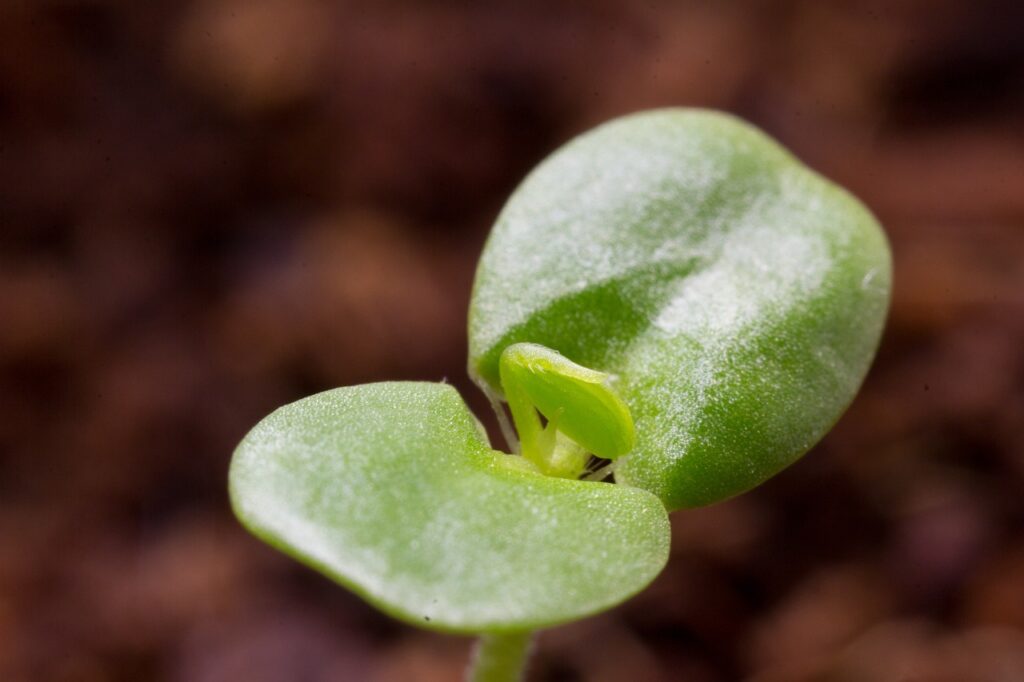
To propagate our bear paw plant, use leaf cuttings or offsets.
- Place cuttings in well-draining soil.
- Water sparingly until roots develop.
- Position them in bright, indirect sunlight.
- Ensure proper airflow to prevent rot.
Propagation is best done during the growing season for optimal results.
| Propagation Method | Recommendation | Difficulty | Comments |
|---|---|---|---|
| Leaf Cuttings | Use well-draining soil | Moderate | Avoid overwatering; useful during growing season |
| Offsets | Ensure proper airflow | Easy | Effective and less prone to failure during the growing season |
Common Issues and Solutions
| Issue | Solution |
|---|---|
| Bear paw plant leaves falling off | Check watering habits; water only when soil is dry. Ensure proper drainage to avoid root rot. |
| Pests (e.g., mealybugs) | Use insecticidal soap or neem oil. Isolate infected plants to prevent spreading. |
| Leaves turning yellow | Reduce watering frequency. Ensure adequate but indirect sunlight. |
| Slow Growth | Verify light conditions and ensure no sudden temperature changes. |
| Root Rot | Repot in fresh, well-draining soil. Trim off affected roots before repotting. |
Pests and Diseases
Pests like mealybugs and aphids are common. Regularly inspect plants and use insecticidal soap or neem oil for treatment.
Fungal infections can result from overwatering; ensure soil dries out between waterings. Isolate infected plants to prevent contamination.
Troubleshooting Growth Problems
Growth issues often stem from improper light, water, or soil conditions. If the plant is leggy or not growing, it should receive bright, indirect sunlight and not too much shade.
For slow growth, check that temperature and humidity are consistent and ideal for the plant. Regularly inspect for pests and signs of disease, adjusting care routines as needed.
Inspect lighting and water conditions to optimize growth. Monitor for environmental changes and consistency.
Benefits of Growing Bear Paw Plant
Bear paw plants add a unique aesthetic with their distinct, fuzzy leaves and tooth-like edges. They are low-maintenance and ideal for beginners. Bear paw plants purify the air and can thrive in small spaces.
These traits make them perfect for apartments or small homes. They also make great gifts.
| Benefit | Description |
|---|---|
| Unique Aesthetic | Fuzzy leaves and tooth-like edges add a distinct look. |
| Low-maintenance | Ideal for beginners looking for an easy-to-care-for plant. |
| Air Purification | Helps to purify the air in your living space. |
| Thrives in Small Spaces | Perfect for apartments or small homes due to their compact size. |
| Great Gifts | Their unique appearance makes them excellent gifts for plant lovers. |
Conclusion
By following our guide, we can ensure our bear paw succulent plant thrives. Its unique appearance and low-maintenance nature make it a delightful addition to our collection.
For more tips on indoor plant care, visit How to Care for Indoor Plants.
Don’t forget to explore other fascinating succulents like jade plant and aloe vera. Happy gardening!
Frequently Asked Questions
Yes, bear paw plants produce small, bell-shaped flowers, typically in spring and summer.
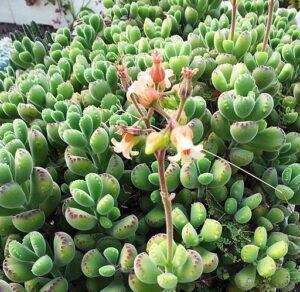
Abu Shawka,
CC BY-SA 3.0, via Wikimedia Commons
You Might Also Like ✾
Table of Contents Introduction to Cactus: Cacti are the desert plants famous for their ability to survive in dry/arid environments.…
Photo: PEAK99, CC BY 3.0, via Wikimedia Commons It is not hidden that kalanchoe succulent (kalanchoe blossfeldiana) is famous for…
Table of Contents The kalanchoe blossfeldiana is one of the most common succulent in Kalanchoe genus beside others like Kalanchoe pumila, and…
Table of Contents There is nothing better than adding new baby plants to your garden and watching them grow. There…
Table of Contents Succulents are a must-know if you are fond of plants that are easy to maintain. These unique…
Growing a new Aloe Vera plant from broken leaves is one of the easiest methods to propagate Aloe Vera plant. To propagate, you…
